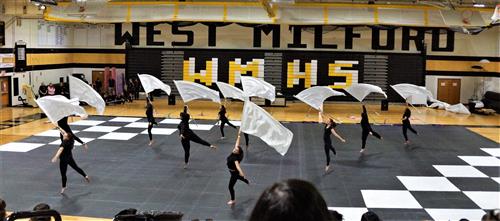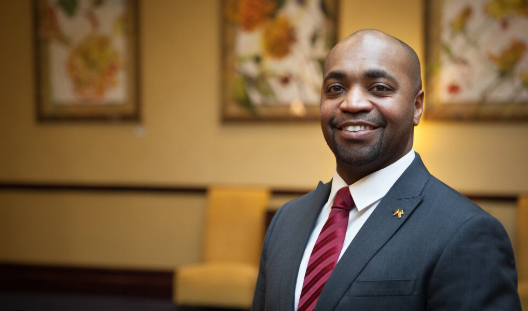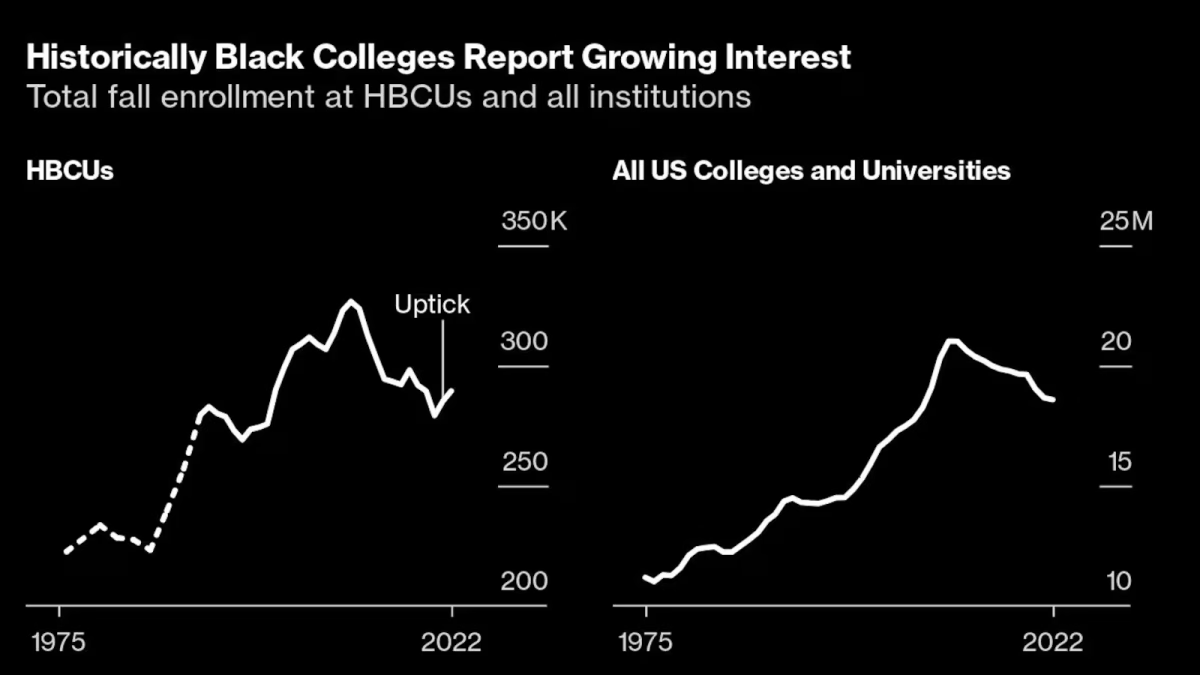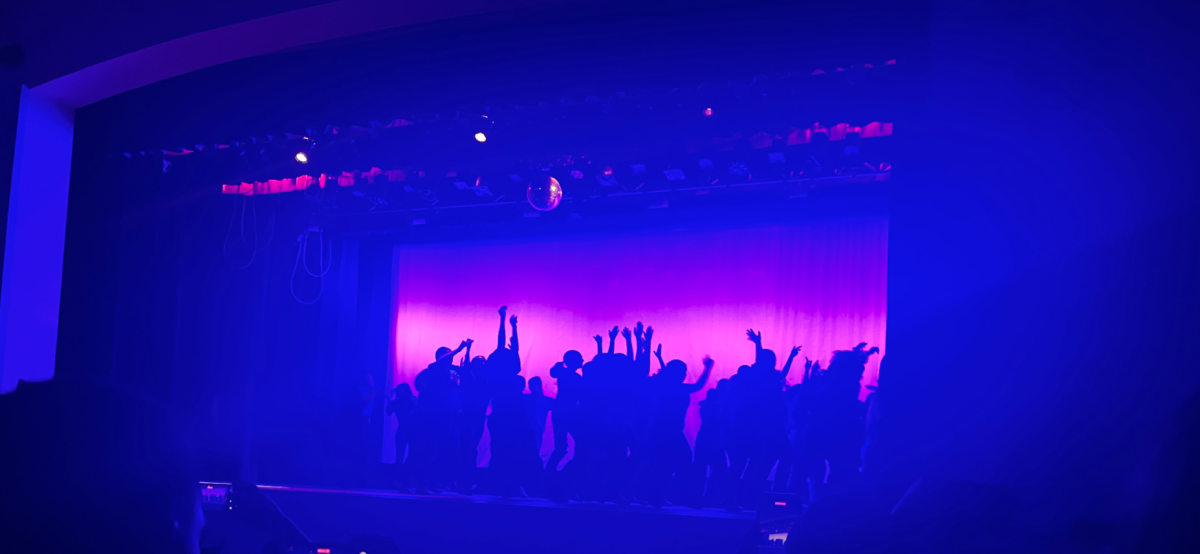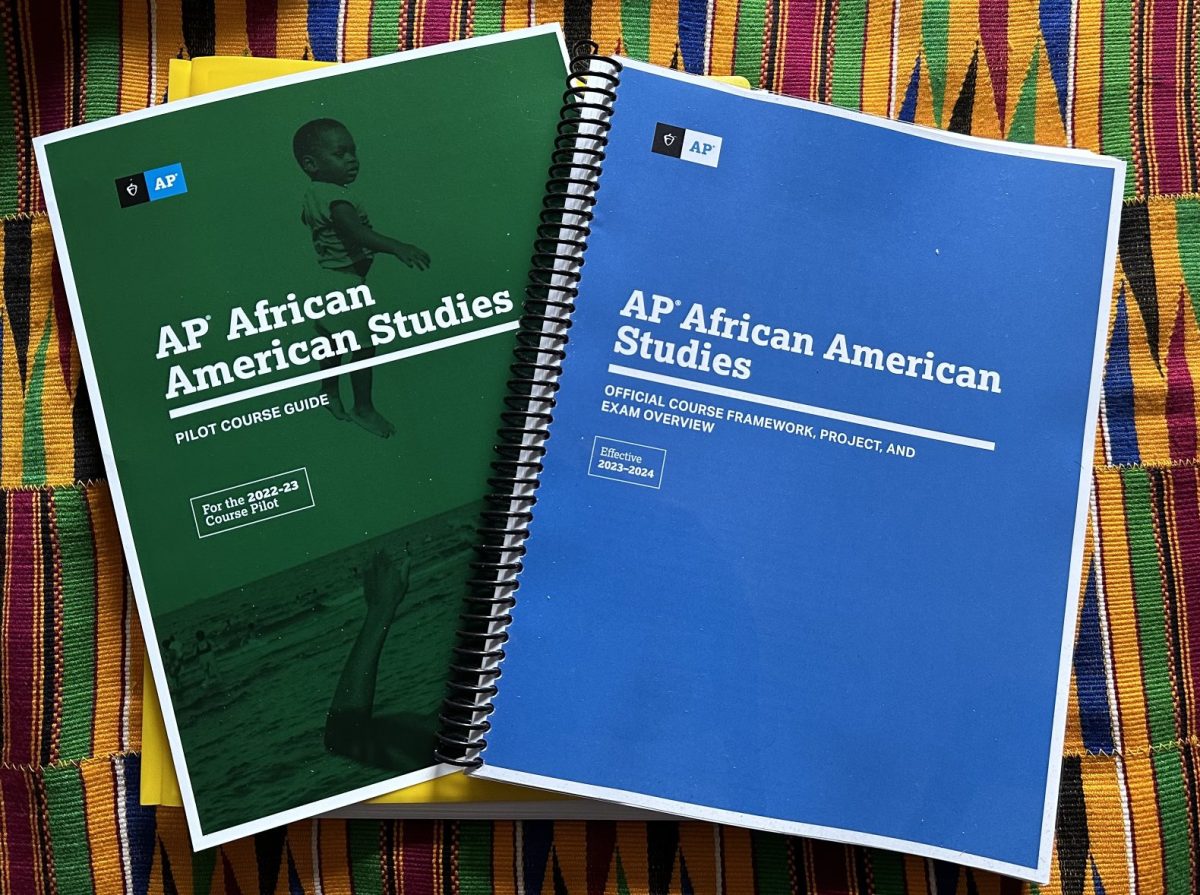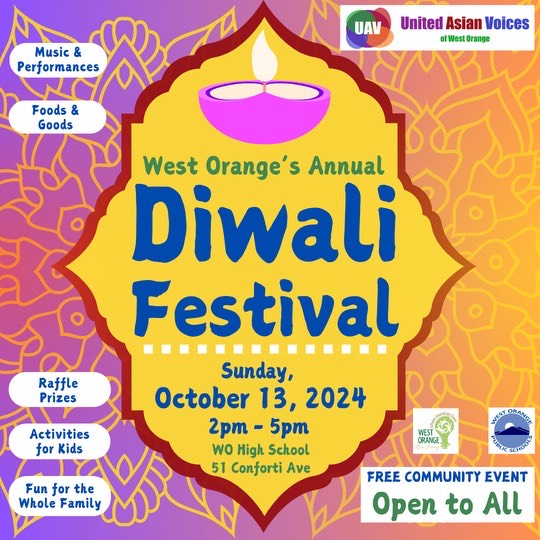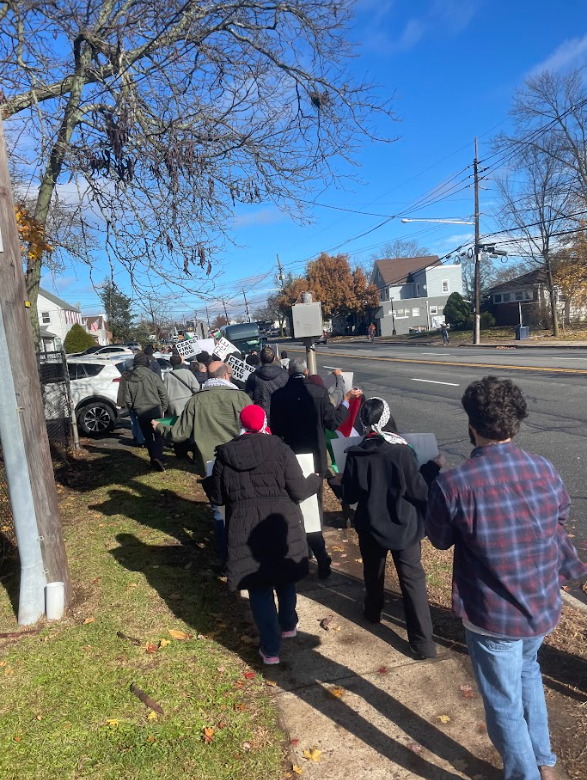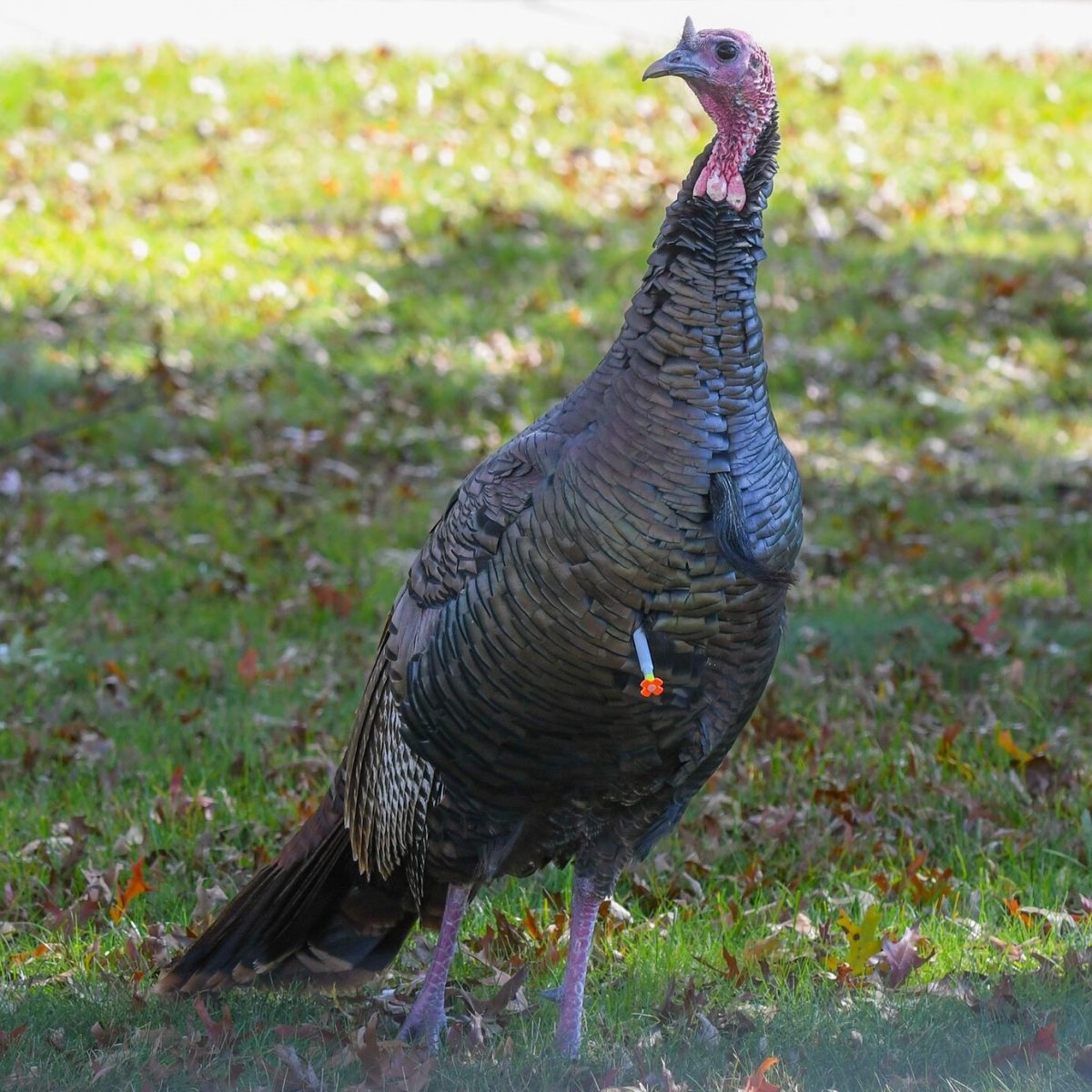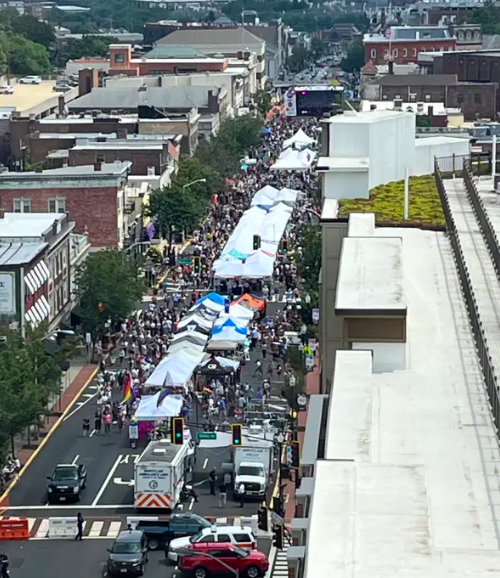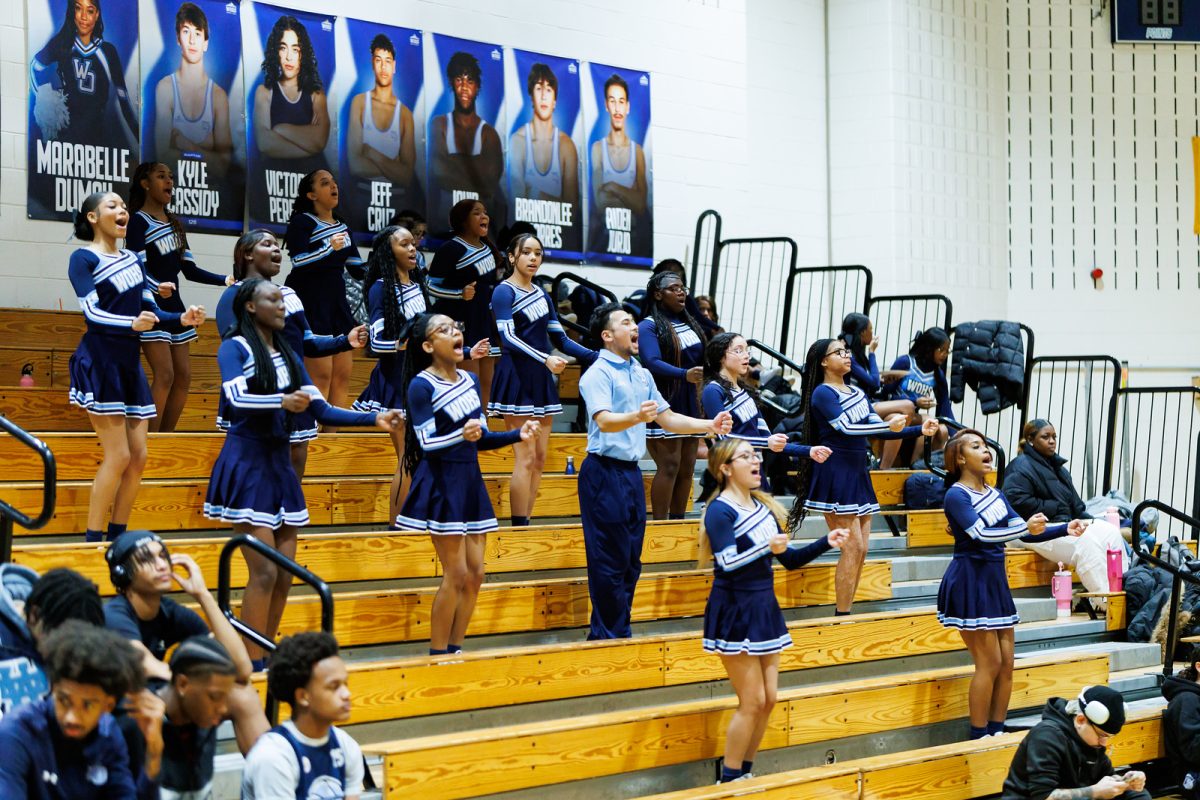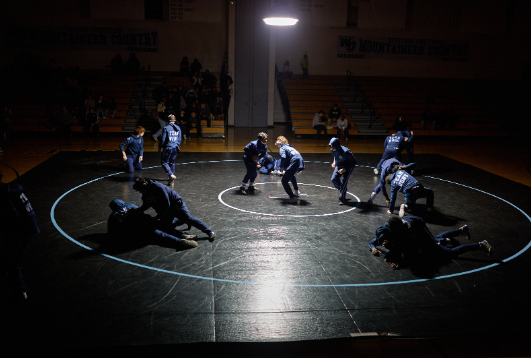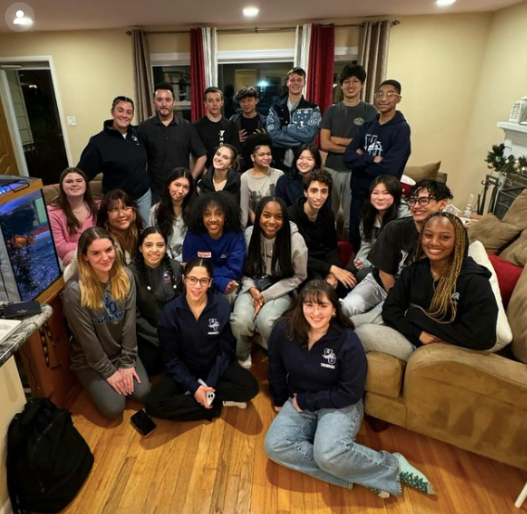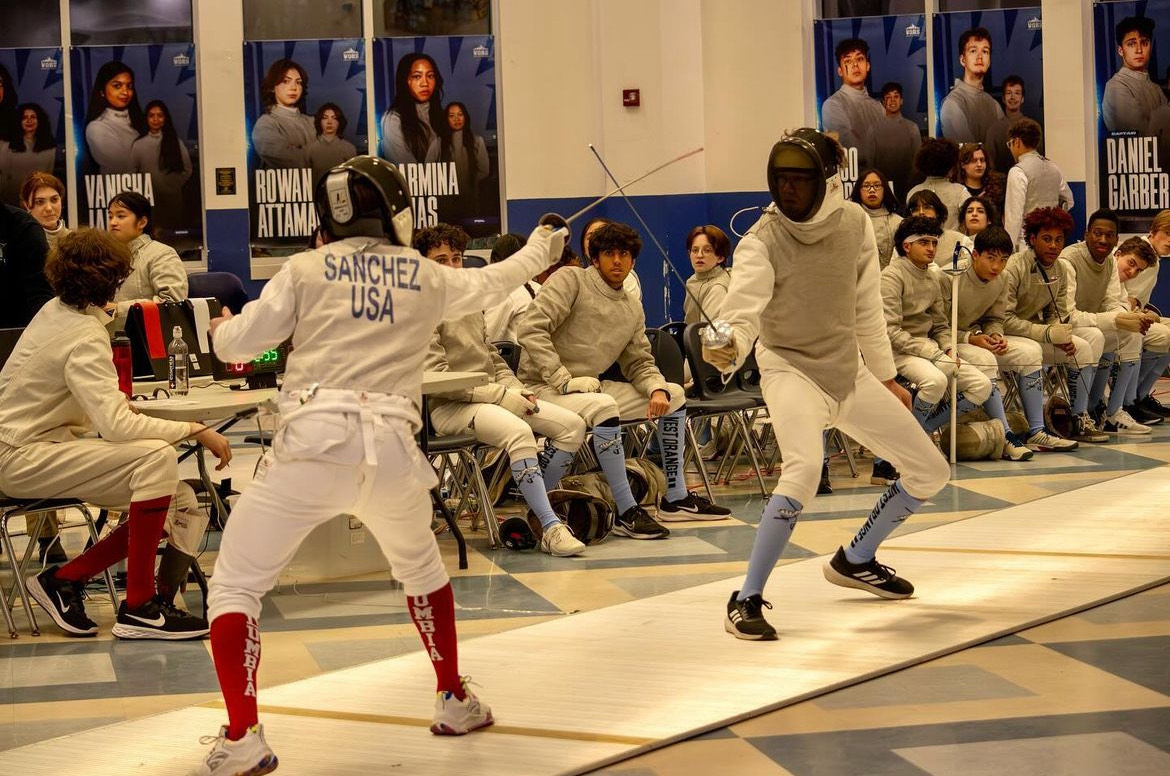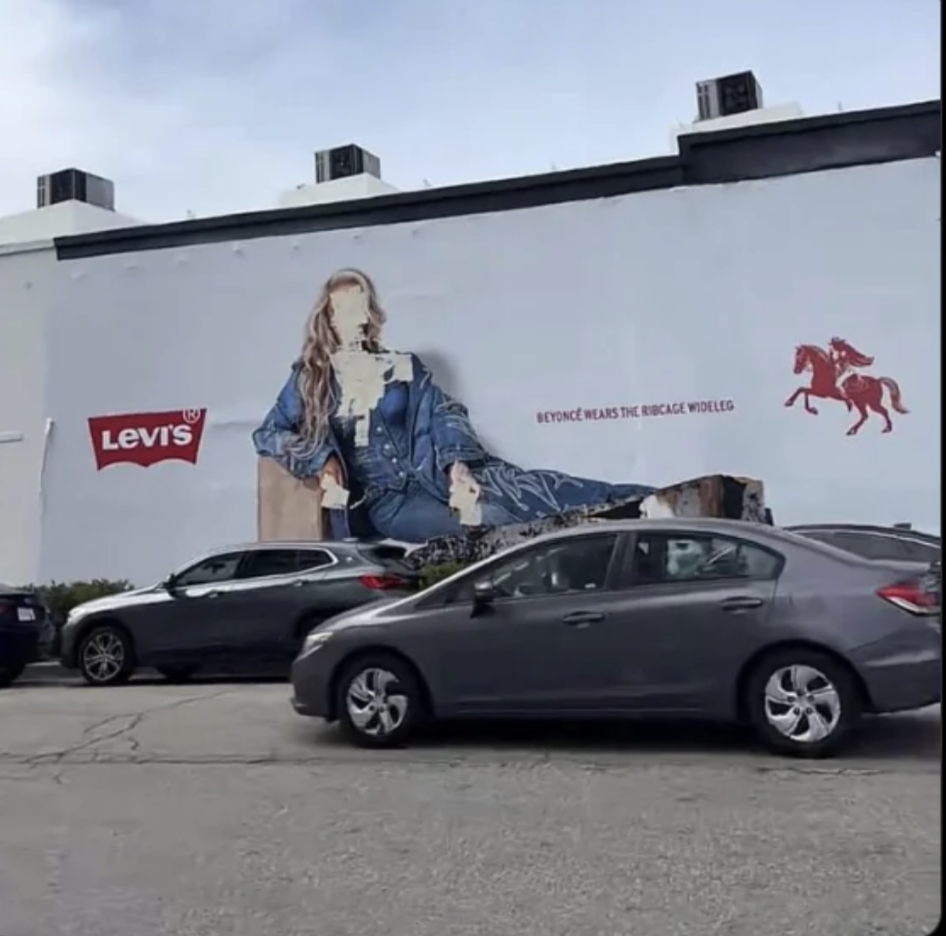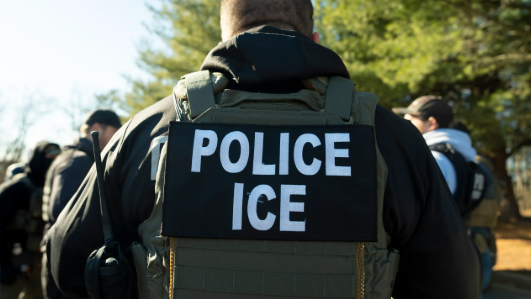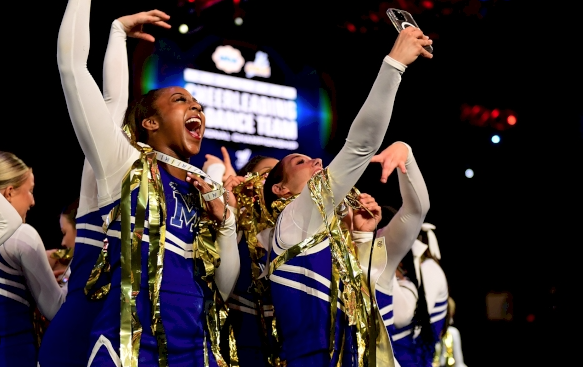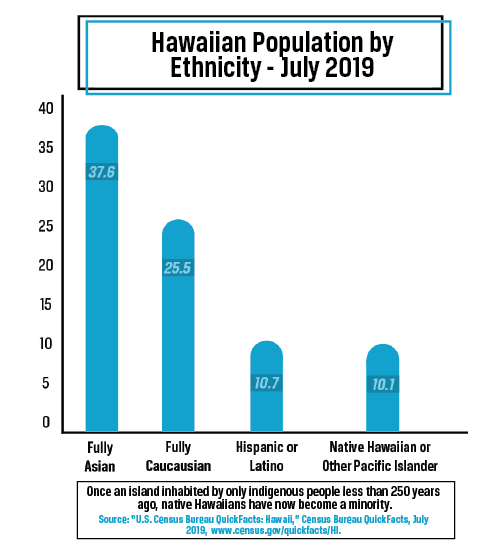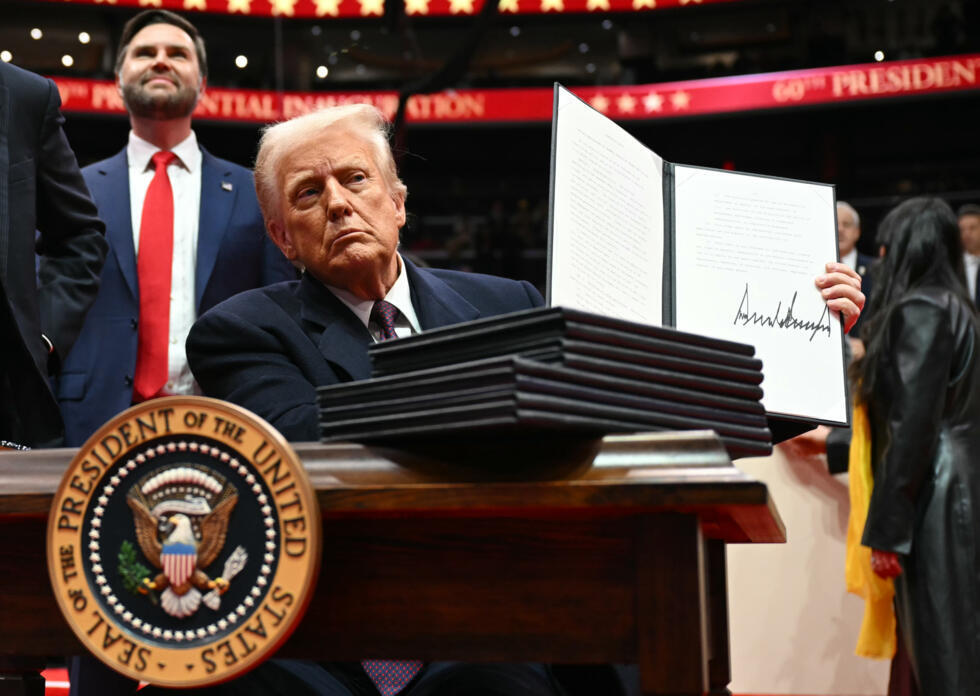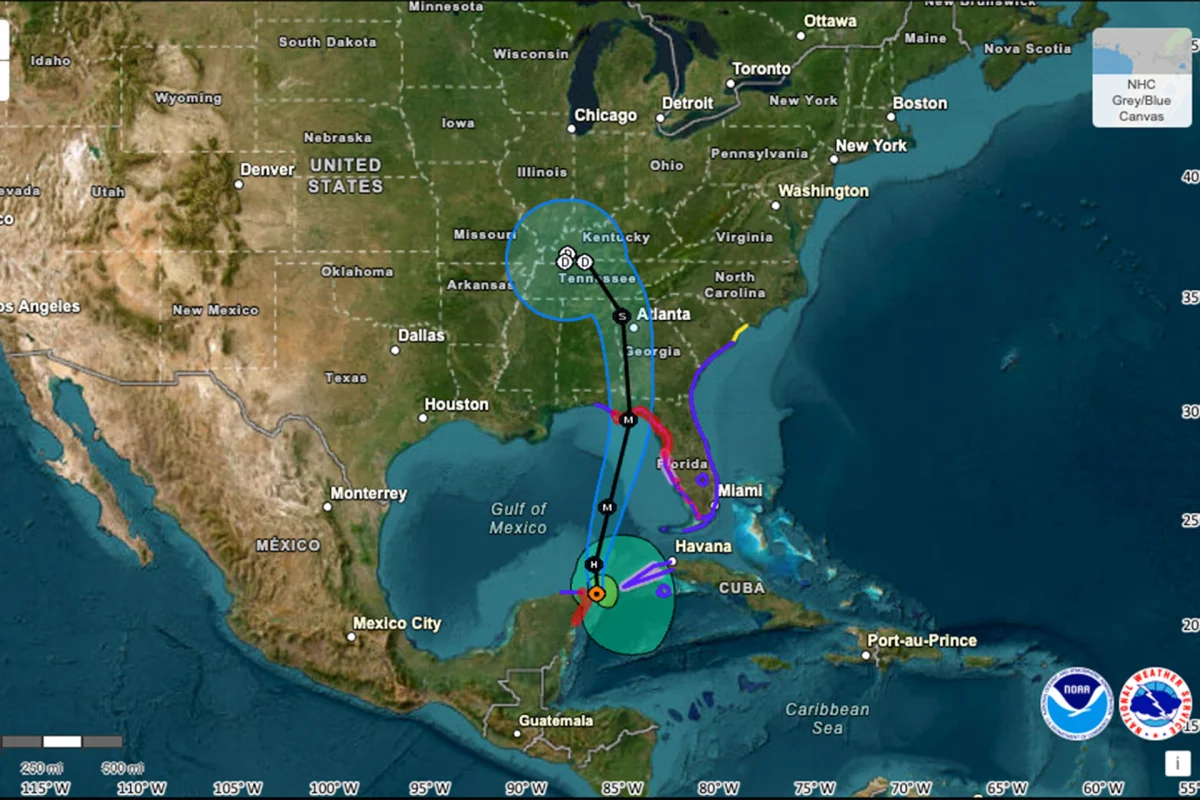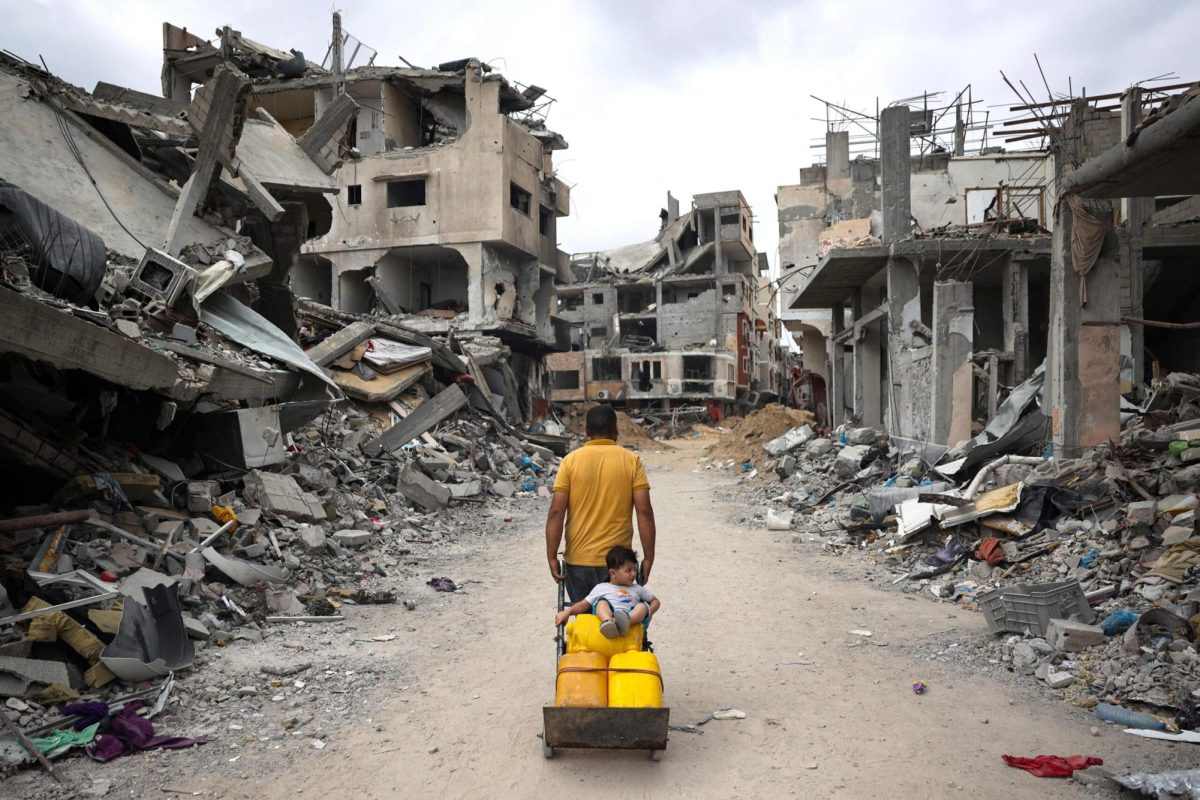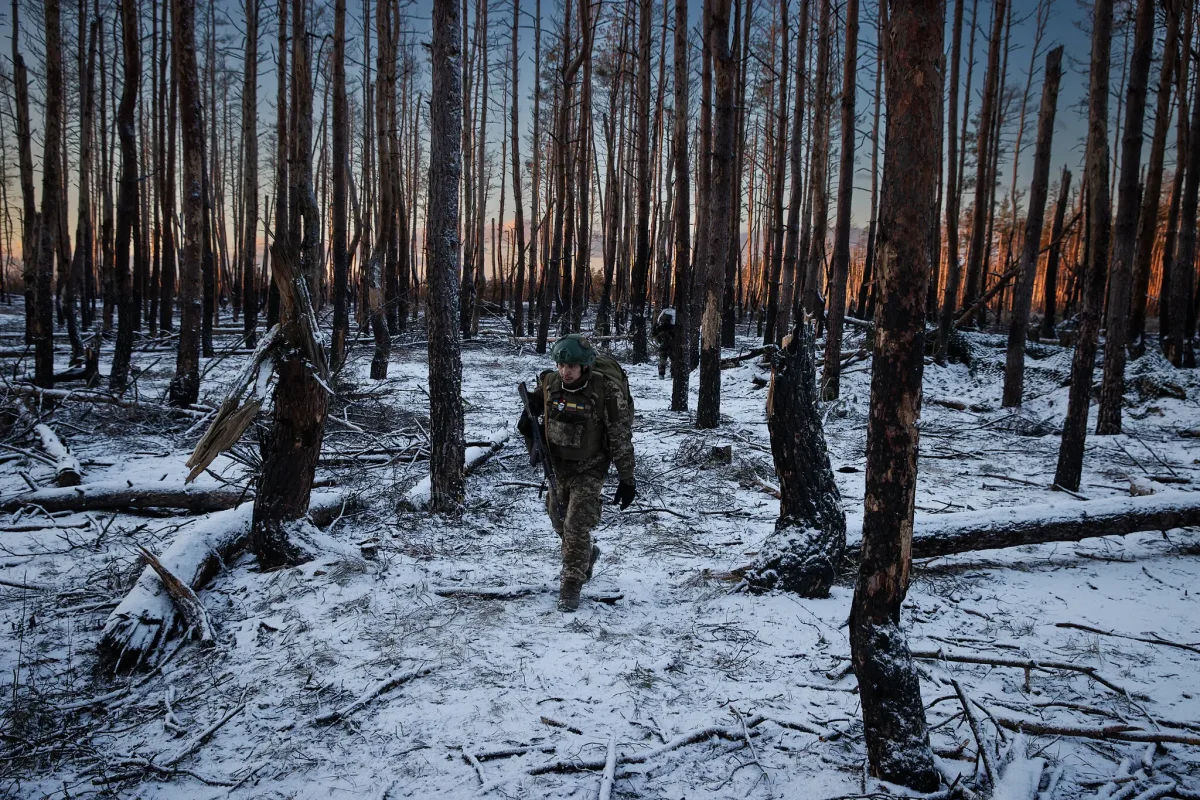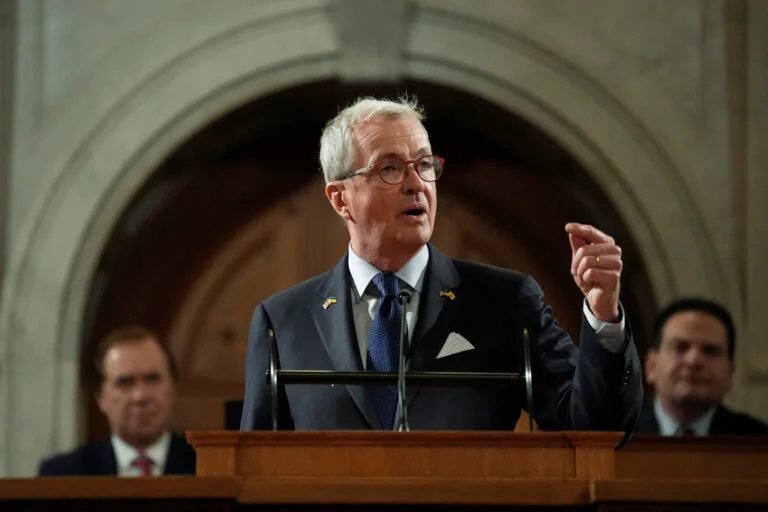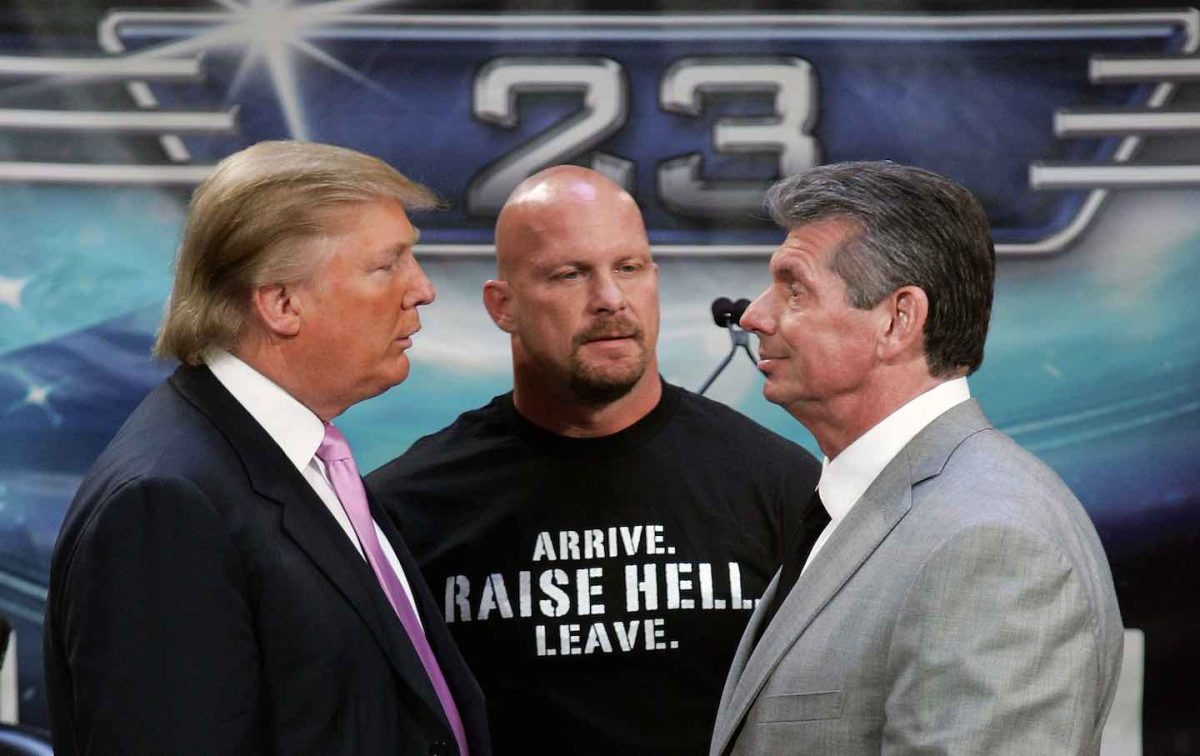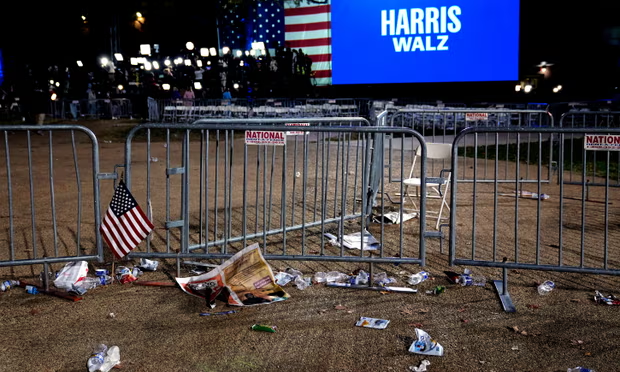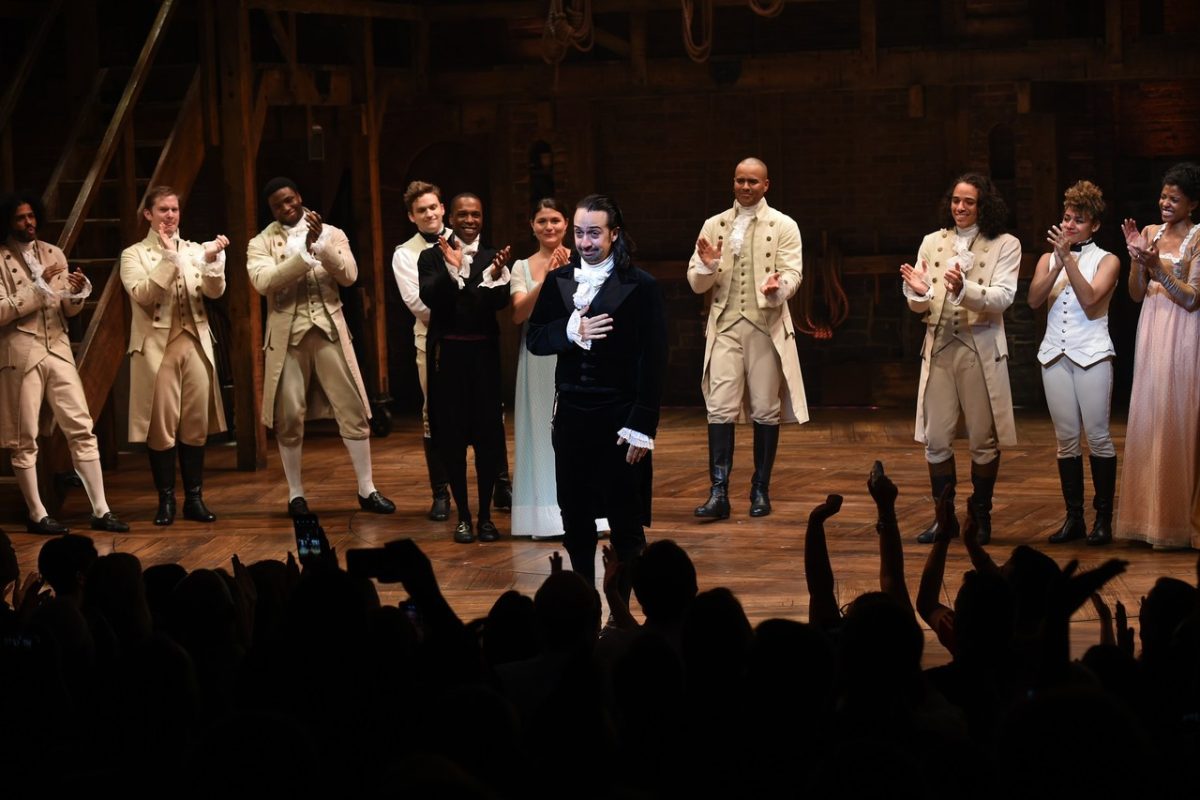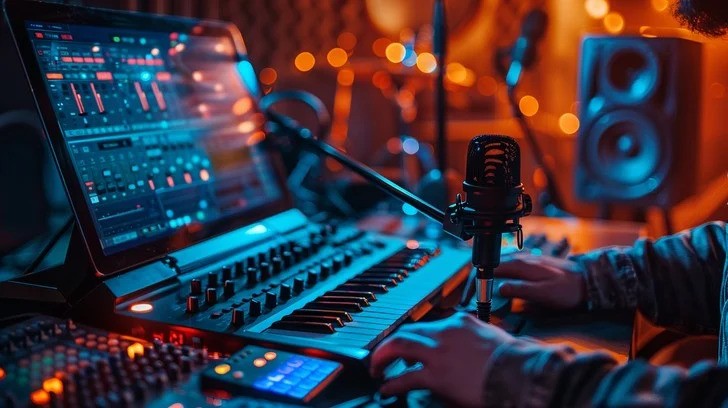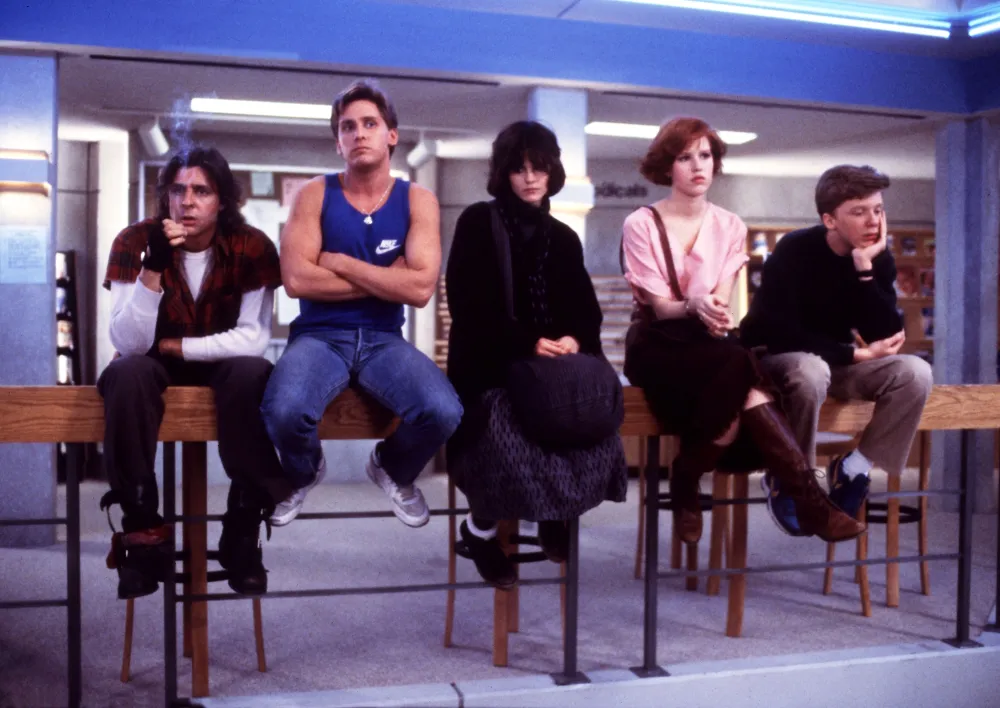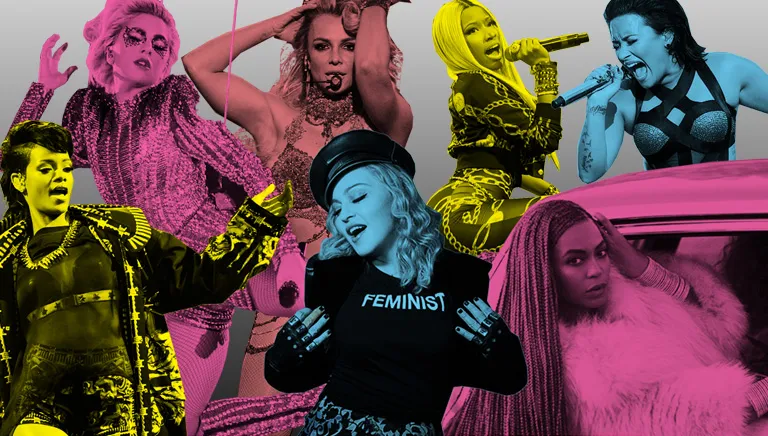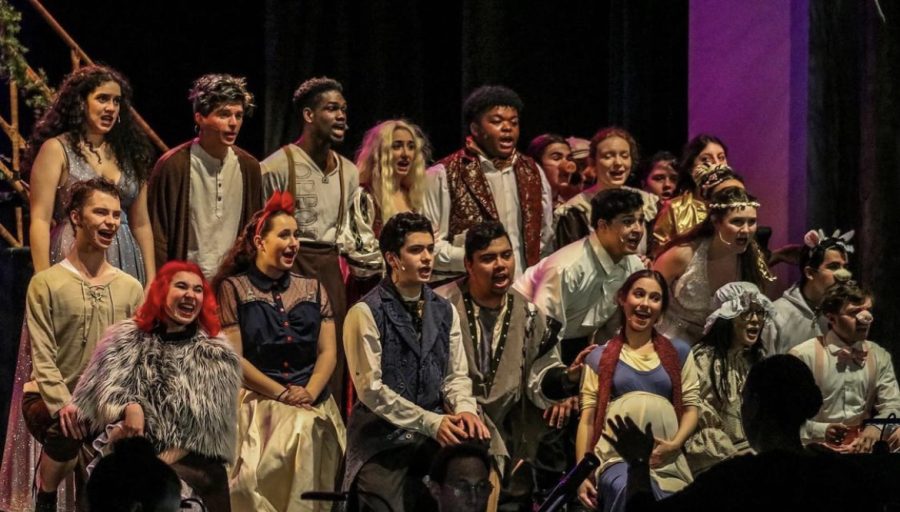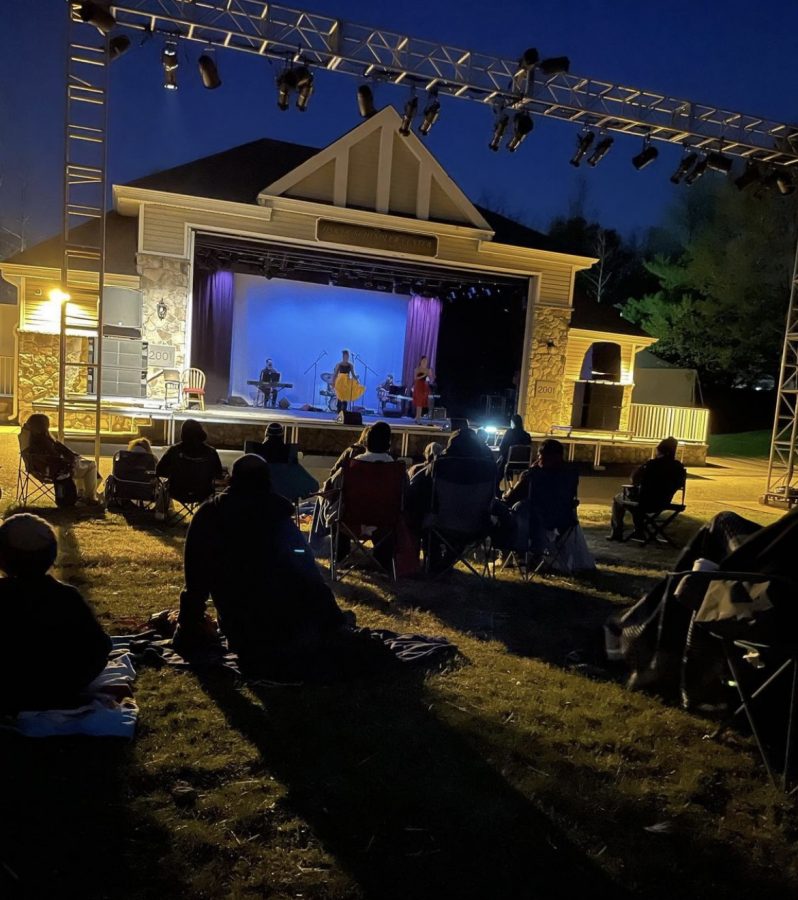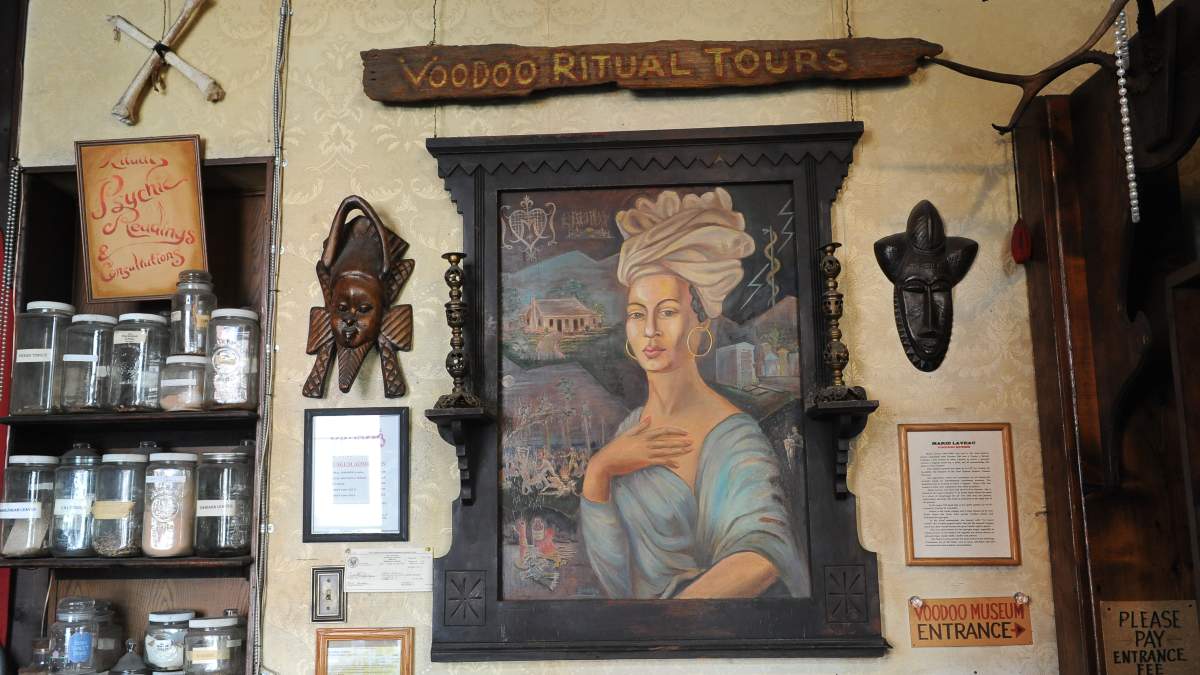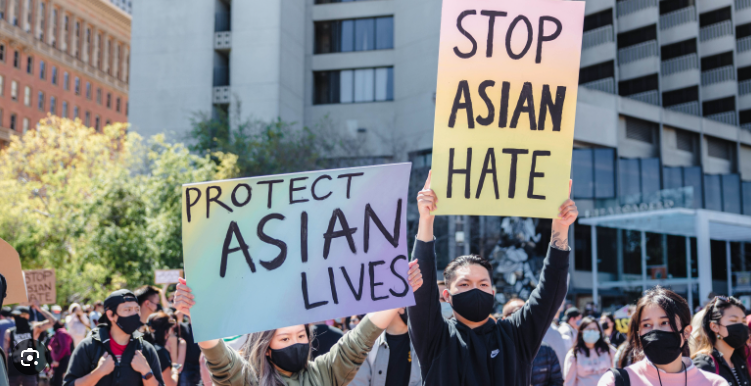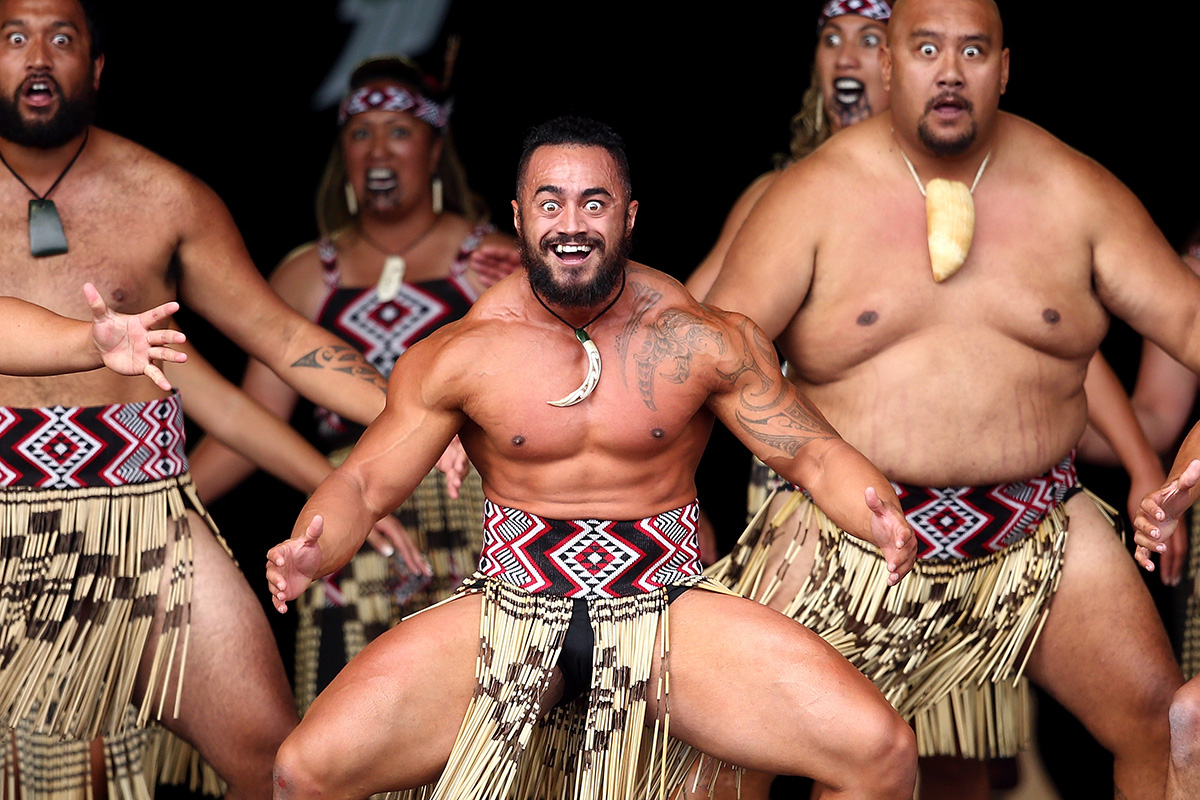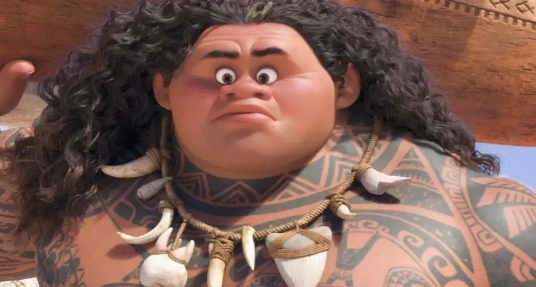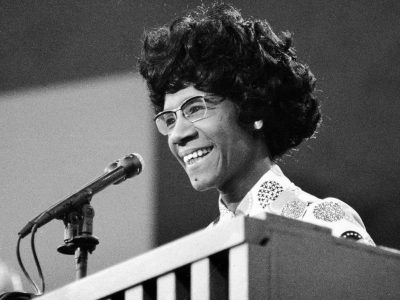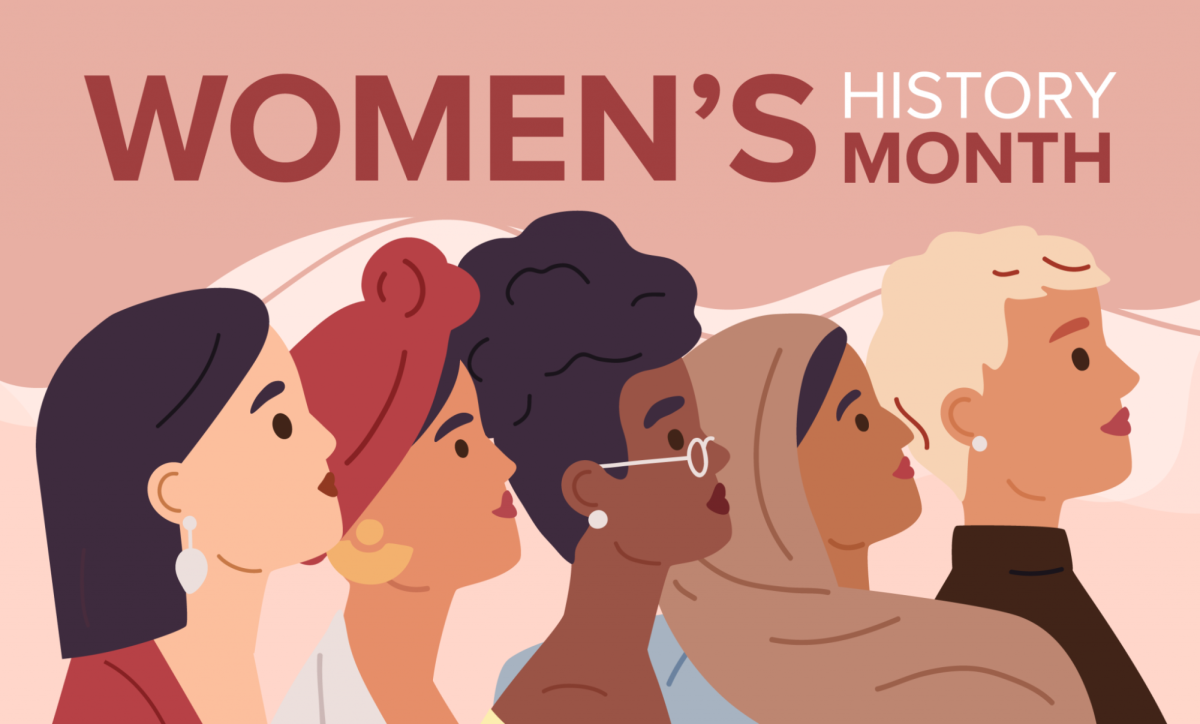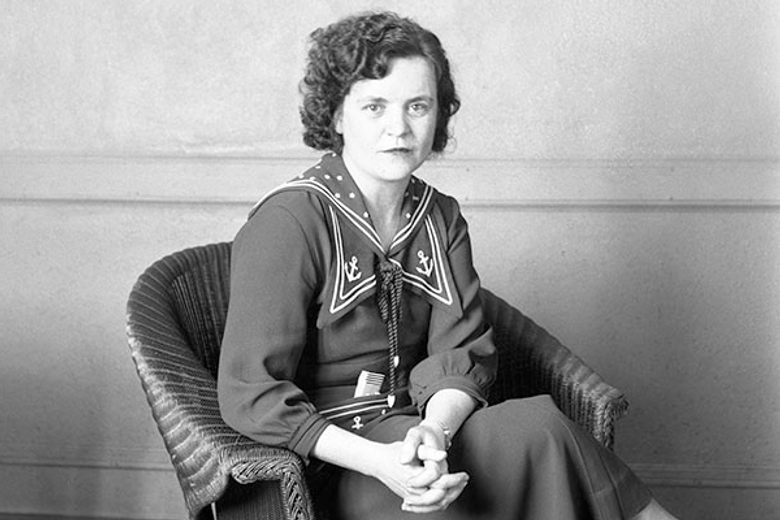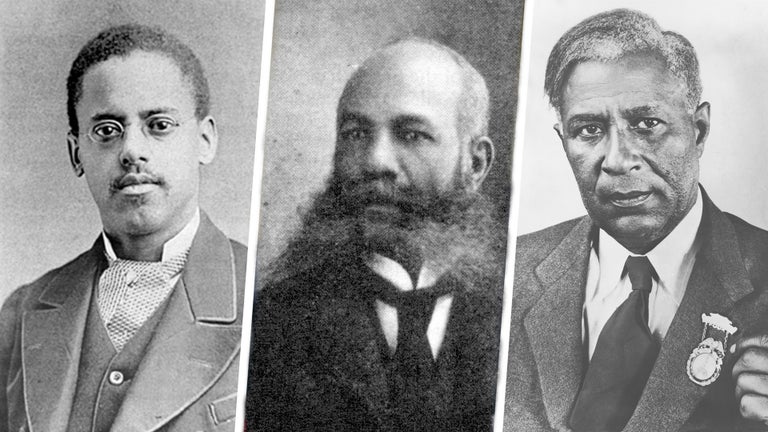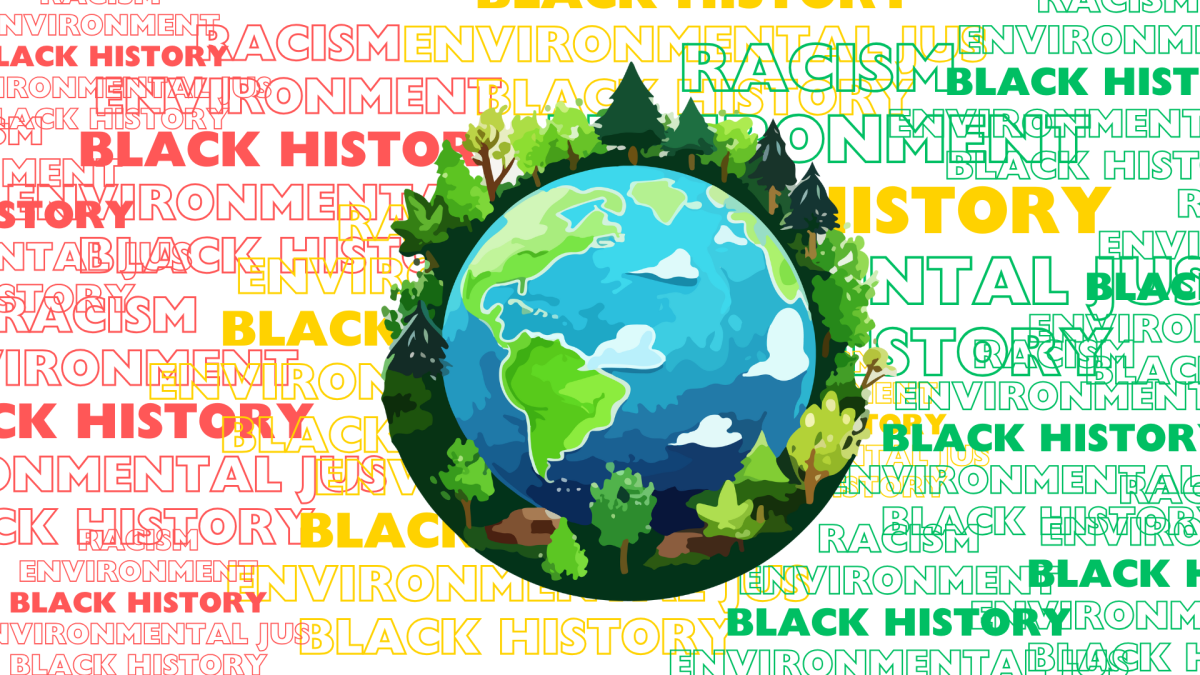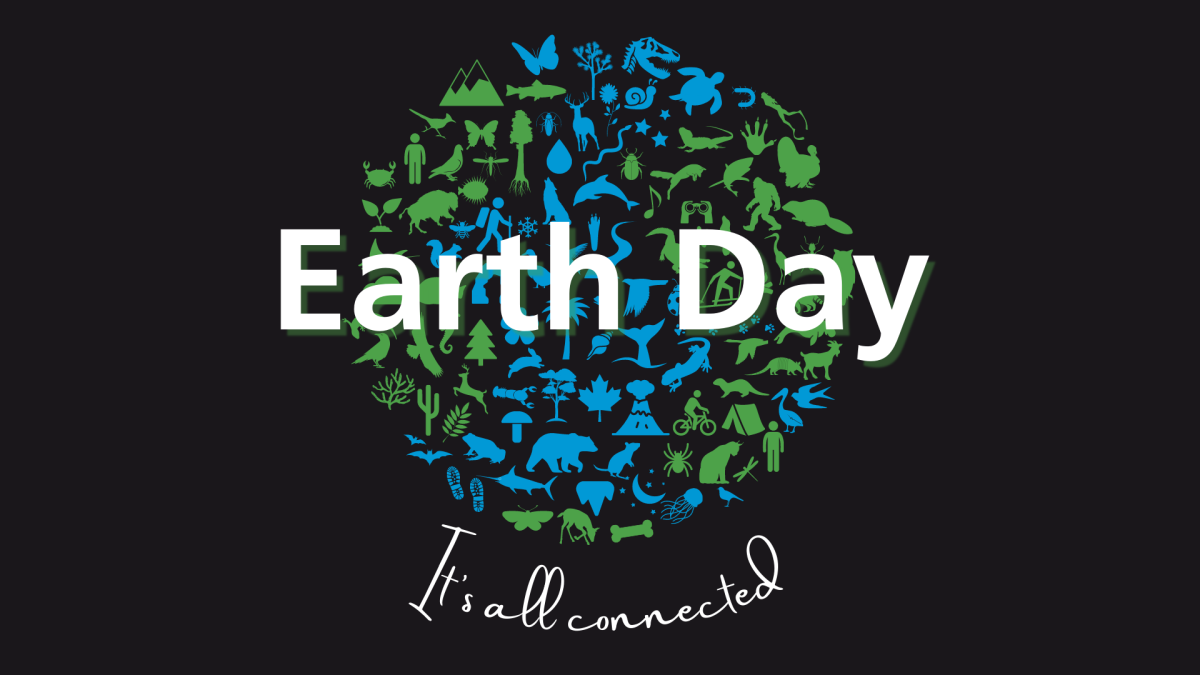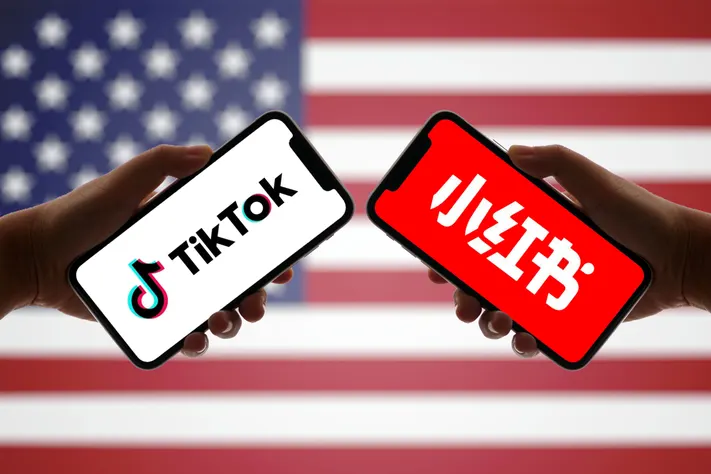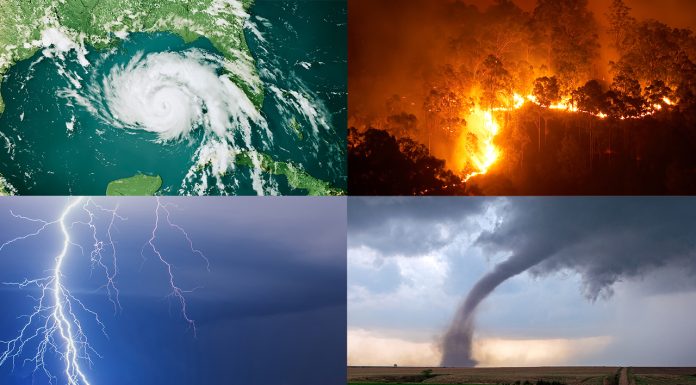For hundreds of years, the island of Hawai’i has faced the challenges of oppression and colonialism brought about by the West. The mass extermination of the Hawaiians occurred in the early 1800s, irreversibly destroying a beautiful land with a culturally rich civilization. Despite the United States’ foreign policy of disengagement, by the end of the 19th century, America had wrapped its hands around the island nation, forever changing the course of its history. From there sprouted tales of poverty, violence, resistance, environmental destruction, and most of all, the undying strength of Hawaiian pride.
White Christian missionaries first found their footing in Hawai’i in the 1820s after leaving from the northeast United States and docking in Kawaihae (an unincorporated community in Hawai’i). Unsurprisingly, the white men brought two things; religion and disease. The foreign viruses carried by the Christian missionaries ravaged Hawai’i and its people – by 1840, the population of the island had dropped by 84%. Those staggering numbers did not stop the colonizers from pursuing their dreams of agricultural exploitation and territorial expansion.
In 1898, the United States annexed Hawai’i for the benefit of its land and location by supporting a coup to overthrow Queen Lili’uokalani. Japanese power was expanding across Oceania, and the US upheld their actions by claiming Hawai’i was a necessary land mass that would boost naval power in defense against outside forces, and provide access to the Asian market. Consequently, land was confiscated and militarized, the native Hawaiian language was banned in schools and government, and cultural and spiritual practices were suppressed. Then, 61 years later, in 1959, Hawai’i became the 50th state of the United States; this, however, did not occur without decades of resistance and protests from the native Hawaiians themselves.
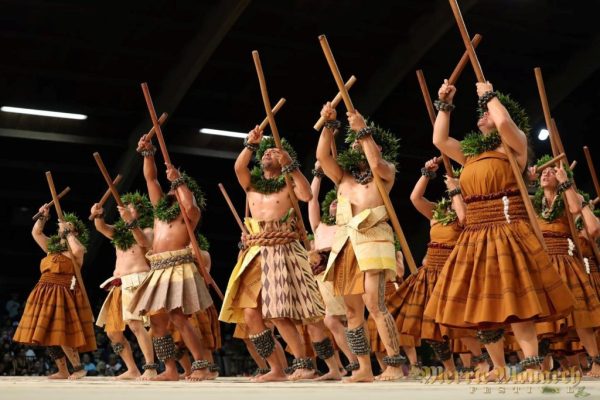
The First Hawaiian Renaissance took place in the 1880s when King David Kalākaua sparked nationalism and stated internationally that Hawai’i was its own, independent kingdom. He resurrected hula dancing, which had been banned by the colonizers in the 1830s. Multiple organizations formed to protest against colonialism after King David Kalākaua was forced at gunpoint to sign the Bayonet Constitution, which ultimately took away his power as king and disenfranchised the Native Hawaiians.
The Second Hawaiian Resistance took place in the 1960s and 1970s, leading to the revival of traditional language and cultural practices such as slack-key music and the hula. Protests sparked across the island when local farmers were evicted from their homes in Kalama Valley, Waiāhole, and Waikāne so new construction projects could be established on the land.
In 1976, youth resistors with the Protect Kahoʻolawe ʻOhana Movement occupied and blocked the island of Kahoʻolawe, the site the U.S. military had been using for bombing practices, a site sacred to the Native Hawaiians for its spiritual and cultural significance. After the decade-long protest, the movement succeeded in ending the bombing, transferring the power of Kaho’olawe back to Hawai’i, and starting a plan for environmental cleanup for the island.
In 1978, Hawaiian became the state’s official language.
Despite many of these efforts put forward to combat the consequences of colonialism, the native population still suffers high rates of illness, poverty, and homelessness. Cultural practices that were once used every day (fishing, sea navigation, religious musical expression) have been overcome and wiped out by Westernization.
Tourism has negative impacts on the population as well. The masses of travelers going to Hawai’i each year degrade their cultural values and practices, as the island is not seen as land stolen from underneath the Native Hawaiians, but as a vacation destination.
Native Hawaiians are two times more likely than the US standard population to develop Type 2 Diabetes, and they are five times more likely to die from heart-related diseases. They have the third highest mortality rate in the US for cancer (behind African American men and Native Alaskan women).
The cost of living has led to the displacement of Native Hawaiians from their homes, as well. Of the Native Hawaiian population in America, only 11% actually live in Hawai’i because of how difficult it is to afford housing. For example, in O’ahu, the median house price is $1 million. Natives on the island live in overcrowded homes, take up multiple jobs, and are forced to move to areas that are less expensive, but farther from employment. All of this combined leads to a cycle of perpetual poverty.
Beneath the light of ongoing issues across the world, it can be difficult to hear the cries of Native Hawaiians, fighting for the right to exist in a land that is rightfully theirs. It is important to recognize the disintegration of their culture and support actions taken to protect and improve the lives of future Hawaiian generations.
https://www.history.com/news/native-hawaiian-sovereignty-protest
https://ballardbrief.byu.edu/issue-briefs/struggle-for-hawaiian-cultural-survival#:~:text=After%20annexation%2C%20Hawaiian%20cultural%20practices,overwhelmed%20their%20land%20and%20culture.
https://www.youtube.com/watch?v=NO83K8s8dnk
